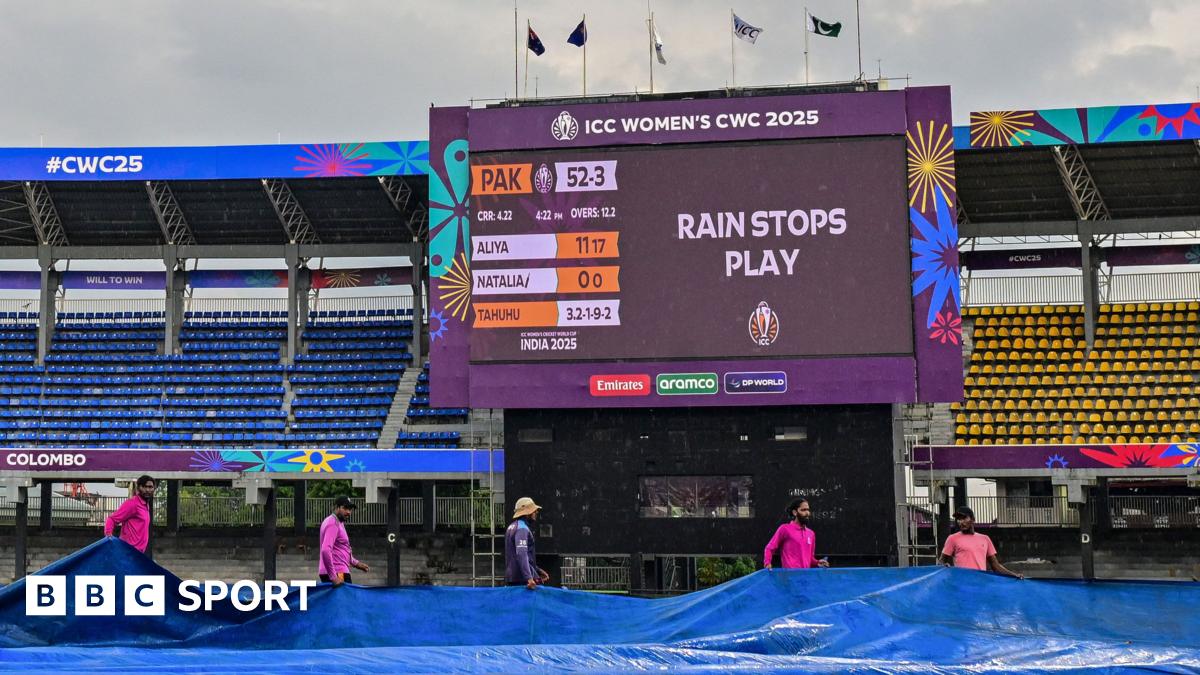BCCI expected to net Rs 6700 crore in 2025-26, Asia Cup hosting adds Rs 100 crore

Hosting the Asia Cup will boost the BCCI's coffers by over Rs 100 crore, contributing to an expected net surplus of Rs 6700 crore for 2025-26. Despite a slump in IPL valuation, the board's surplus has grown significantly, though future growth may slow. Expenditure on women's domestic cricket remains considerably lower than men's.Team India mimic celebrate winning the Asia Cup (AP Photo/Altaf Qadri)New Delhi: The Indian cricket team may not have received the trophy for winning the Asia Cup last month, but hosting the tournament will add net surplus revenue of over Rs 100 crore to the Indian cricket board’s (BCCI) coffers. According to BCCI’s annual budget for 2025-26, a copy of which is in possession of TOI, the board expects to retain a net surplus of around Rs 6700 crore for the financial year 2025-2026 even as it stares at a rocky future with the IPL valuation seeing a slump for the second year in succession. “(There is an expected) increase in surplus from international tours by Rs.109.04 crore due to Asia Cup hosting fees, rights fees income and ICC T20 World Cup participation fees. (There is expected) increase in surplus of media rights by Rs.138.64 crore due to higher number of international home matches, increase in per match media rights fees & Asia Cup hosting income,” the document says.BCCI secretary Devajit Saikia reacts to trophy controversy after Asia Cup 2025 finalThe Asia Cup was embroiled in controversy due to the terror attack in Pahalgam in April this year. The tournament was moved to the UAE after the government declared its policy to play Pakistan in multi-nation sporting events only. The tournament eventually ended with Asian Cricket Council president Mohsin Naqvi — who is also the chief of the Pakistan Cricket Board and Pakistan’s interior minister — refusing to hand over the trophy to winners India after the Indian team declined to receive it from him.Surplus grows 10 times in 8 yrs, but challenge awaits with dropping IPL valuation BCCI’s expected surplus for this financial year will be 10 times more than the actual surplus in 2017-18 before the mega IPL media rights deal in 2018 where the board’s surplus grew by 222 percent. BCCI is expected to net a surplus of around Rs 6700 crore compared to Rs 666 crore it netted in 2017-18. However, the board could well be looking at an unstable future with the valuation of the IPL dropping significantly since the merger of media rivals Jio and Star last year. According to a D&P Advisory report, IPL’s valuation has declined by Rs 16000 crore in the last two years. The ban on real money online gaming apps, which used to bring a significant bulk of sponsorship money, has also played a role. The board’s growth could see a slowdown in the next cycle of media rights, which will be up in 2028. It must be noted that the board has managed to reduce its dependency on the IPL since 2018-19 through better media rights deals and revenue share from the ICC. In 2018-19, BCCI generated only five percent of its surplus while the IPL contributed 95 percent to its surplus close to Rs 2100 crore. The IPL is consistently netting a surplus, this time nearly Rs 5000 crore out of BCCI’s surplus of Rs 6700 crore. The document takes into account ‘media rights fees per match going up by approx 27% as compared to the previous year’. The document states: “For 2025-26, the allocation ratio is 20% to BCCI, 76% to IPL and 4% to WPL, whereas in the budget for 2024-25, this ratio was 24% to BCCI, 72% to IPL and 4% to WPL based on budgets.”Spending on women’s domestic cricket 3.5x less than men’s In its expenses, the BCCI cleared a budget of Rs 96 crore for women’s domestic tournaments, which is just 26 percent of the surplus generated through the Women’s Premier League alone. This is not taking the media rights fees from international matches into account. Compared to women’s cricket, the BCCI intends to spend Rs 344 crore on men’s domestic cricket across age groups. The expenditure on the Ranji Trophy alone is Rs 111 crore. Women’s cricket doesn’t have a structured inter-state First-Class tournament like the Ranji Trophy. The BCCI has scheduled an inter-zonal multi-day format tournament. The rest of all women’s tournaments across age groups are played in one-day and T20 formats. Notably, the WPL has been generating a surplus of over Rs 350 crore. Last year, the WPL netted a surplus of Rs 390 crore while the board projected a surplus of Rs 358 crore for 2025-26.3.5x increase in India A, junior programmes BCCI has increased the expenditure on developmental programmes like India A and junior cricket by nearly three and a half times. According to the budget, the board plans to spend Rs 42 crore this financial year as compared to Rs 12.9 crore last year. BCCI has recognised that there has been a sharp decline in these developmental programmes after Rahul Dravid was elevated to become India’s head coach in 2021 from being in charge of the National Cricket Academy and developmental sides. Before the Covid-19 pandemic in 2020, BCCI organised frequent A and youth tours which helped build a solid resource pool. TOI understands that the current head of the NCA, VVS Laxman, and chief selector Ajit Agarkar have focused on this aspect and revived the A tours this year.GRS slashed by Rs 231 crore, Test cricket incentive added The board has reduced the gross revenue share (GRS) to Rs 171 crore from last year’s Rs 412 crore. A sum of Rs 48 crore was disbursed in the last financial year as a Test match incentive for players who play all the Test matches scheduled in a year. Rs 45 crore has been marked for 2025-26. Interestingly, BCCI’s policy was to give 26 percent of GRS to cricketers. Thirteen percent of it went to international cricketers, while the remaining 13 percent was shared with domestic cricketers. It will be interesting to see if the board has changed its GRS policy.End of Article












